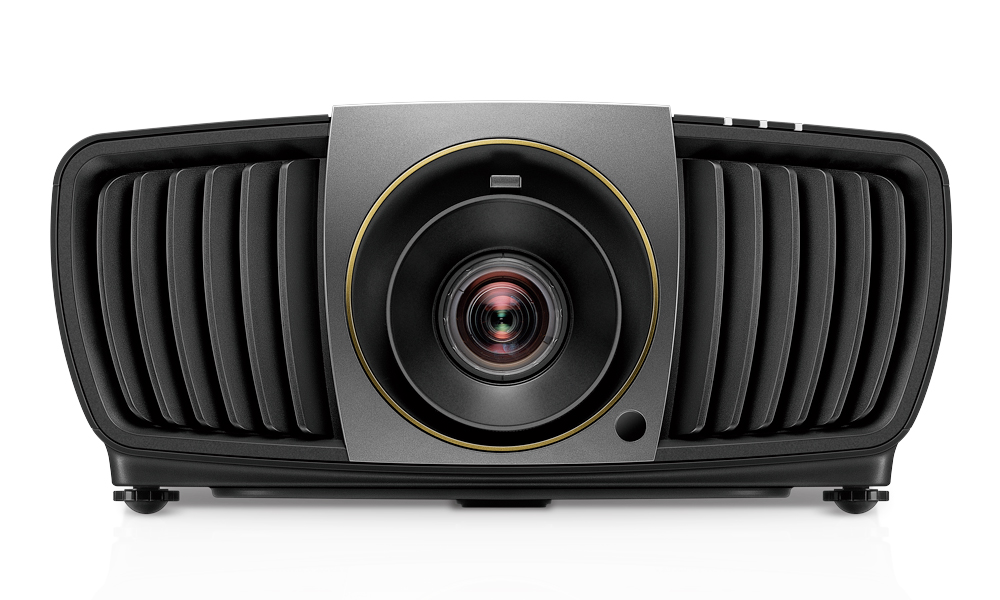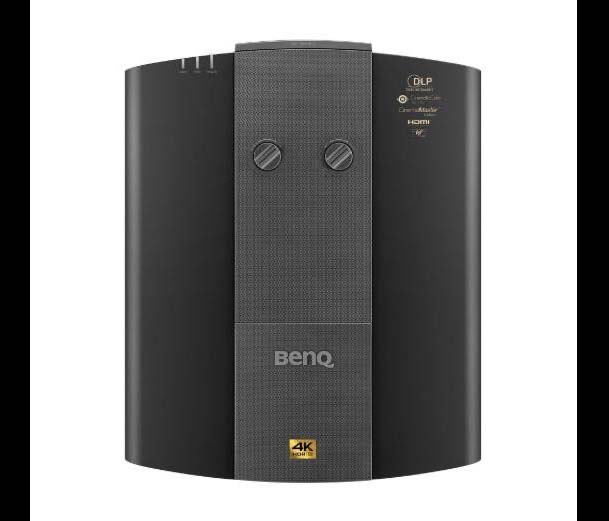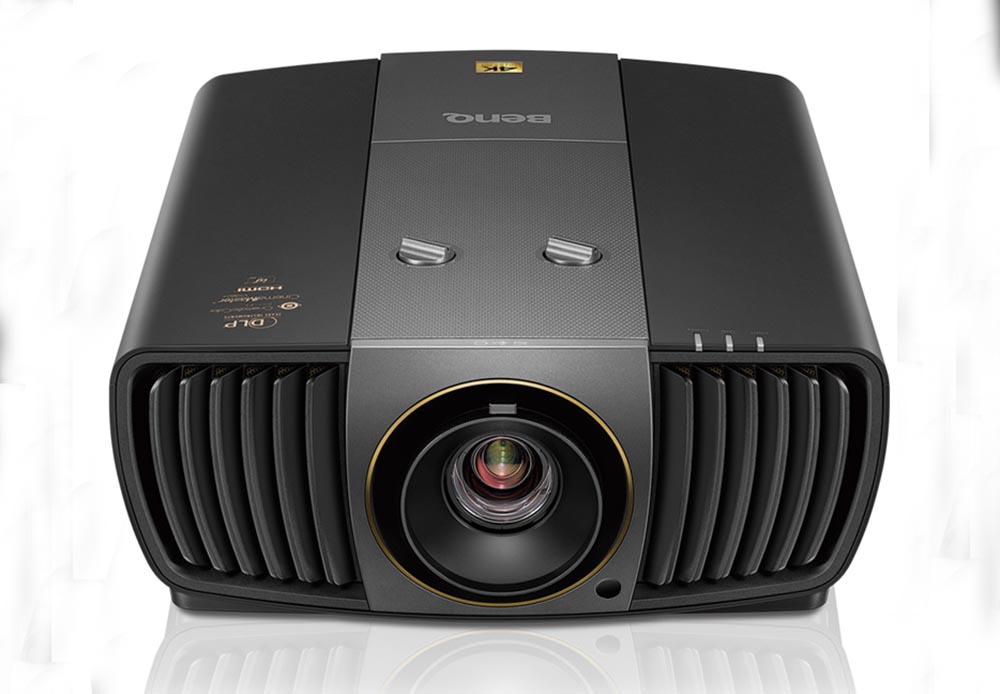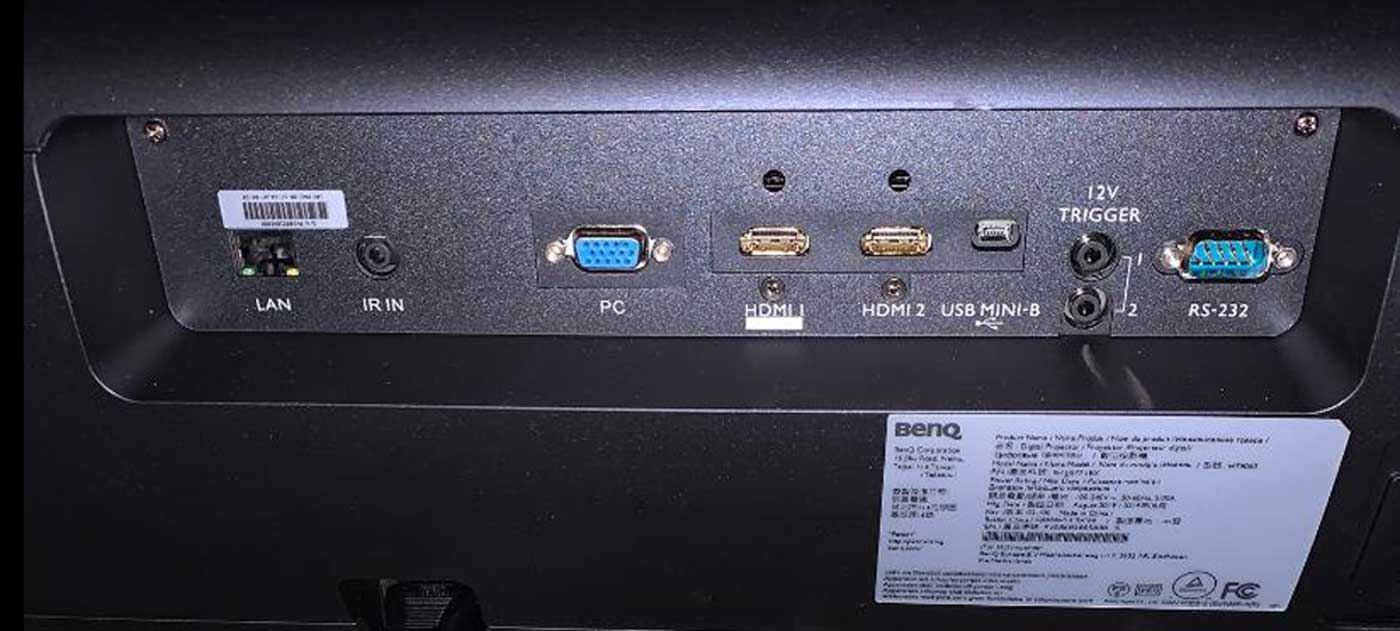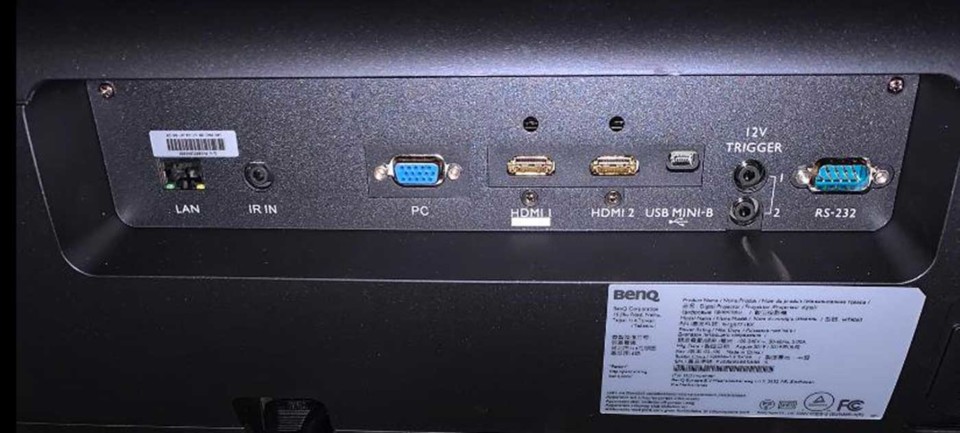BenQ HT9060 – Hardware 1: Overview, Lens Quality and Throw and Lens Shift Range, Inputs and Connectors, Control Panel
- HT9060 Projector Review: BenQ’s Flagship 4K UHD Home Theater Projector
- BenQ HT9060 Projector Review: A 4K UHD Home Theater Projector- Special Features
- HT9060 Projector Review: BenQ’s 4K UHD Home Theater Projector- Special Features 2
- BenQ HT9060 4K UHD Home Theater Projector – Hardware
- BenQ HT9060 4K UHD Home Theater Projector – Hardware 2
- BenQ HT9060 4K UHD Home Theater Projector- Picture Quality 1
- BenQ HT9060 4K UHD Home Theater Projector- Picture Quality 2
- BenQ HT9060 4K UHD Home Theater Projector- Performance
- BenQ HT9060 Projector Review- Calibration 1
- BenQ HT9060 Projector- Calibration 2
- BenQ HT9060 4K UHD Home Theater Projector- Summary
- BenQ HT9060 4K UHD Projector Review - Specifications

